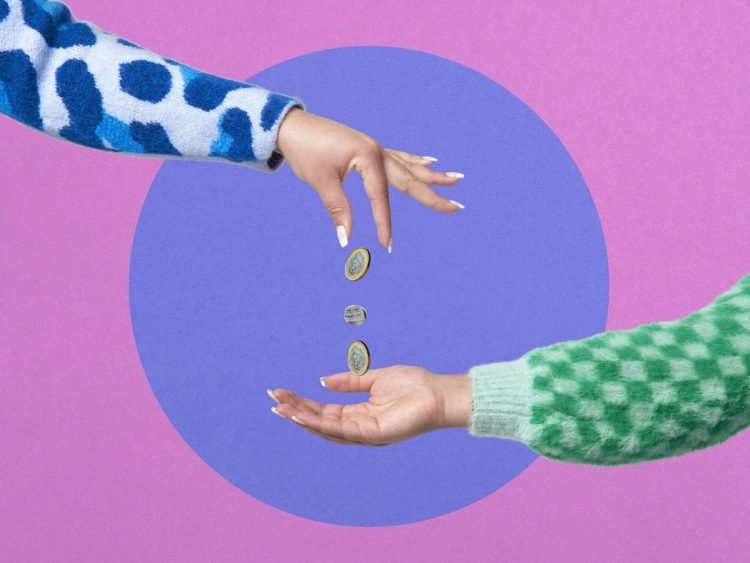Rob Stringer, CEO of Sony Music Entertainment, is calling for an end to free music streaming.
During his presentation at Sony Group’s 2024 Business Segment Meeting on Thursday (30 May), the exec said that companies should start charging users “a modest fee” for using their free, ad-supported services.
“The value of the paid music product remains incredible,” he said. “However, it also highlights that the price gap between free and paid has gotten wider in mature markets. We hope that our partners close that gap by asking consumers using ad-supported services to additionally pay a modest fee.”
While free subscribers make up the bulk of music listeners on streaming platforms, the ad revenue generated from those users often pales in comparison to that of paid subscribers. In the case of Spotify, even though free listeners made up more than half (62%) of its user base, ads only made up 10.7% of the company’s first-quarter revenue compared to 89.3% from subscriptions [via Billboard].
According to Stringer, ditching the ‘freemium’ model “would help develop this segment of the streaming business to be more than just a marketing funnel for paid subscription and still be a tremendous value for users.”
“We have a shared interest in better monetisation of free tiers. At Sony Music, we think everyone is willing to pay something for access to virtually the entire universe of music,” he said.
Stringer’s comments arrive in the wake of recent price hikes at major DSPs including Spotify, Apple Music, YouTube Music, Pandora and Deezer. Last summer, Spotify announced heightened Premium subscription fees in the US and other major markets, with another planned increase reportedly coming this year.
The potential revenue boost from charging users for ad-supported music is obvious. With growing concerns about artists’ streaming payout in the digital era, the extra cash could make a big difference in terms of fair pay for smaller musicians – assuming profits actually enter the pockets of artists and not those of their labels or streaming giants, that is. On the flipside, there’s also the concern that the move will drive users towards illegal downloading and piracy as they seek free alternatives to access music.
And while getting users to start paying for ad-supported music that used to be free might prove unpopular, the concept of paying for ad-supported content is hardly new to consumers in the streaming era.
Services like Hulu and Netflix offer basic subscription plans with advertisements alongside higher-priced tiers that are entirely ad-free. Adopting a similar model in the music industry could enhance revenue without alienating users who prefer not to commit to fully premium subscriptions. Spotify’s main competitor Apple Music, for one, does not offer an ad-supported tier.
That said, charging for ad-supported listening will remain an uphill task so long as free, on-demand music platforms like YouTube Music and YouTube exist. For the shift away from freemium to succeed, industry-wide reform is needed so users have little free alternatives to turn to. Perhaps more importantly though, those who are accustomed to the notion of accessing music without payment need to be convinced otherwise.






